Preventing sudden and unexpected death hinges on accurately predicting the onset of epileptic seizures, even those with the rarest occurrences.
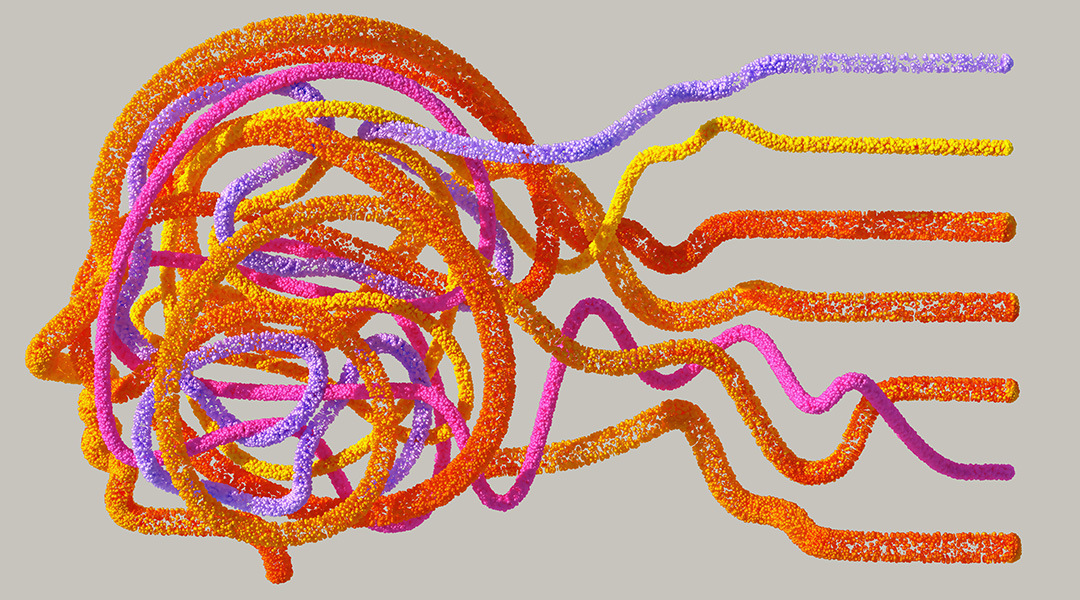

Preventing sudden and unexpected death hinges on accurately predicting the onset of epileptic seizures, even those with the rarest occurrences.

Applying an advanced light-scattering technique, scientists could quantify the microplastics released when plastic containers were heated.

1 in 10 women suffer from polycystic ovarian syndrome, yet its fundamental workings remain largely unknown.
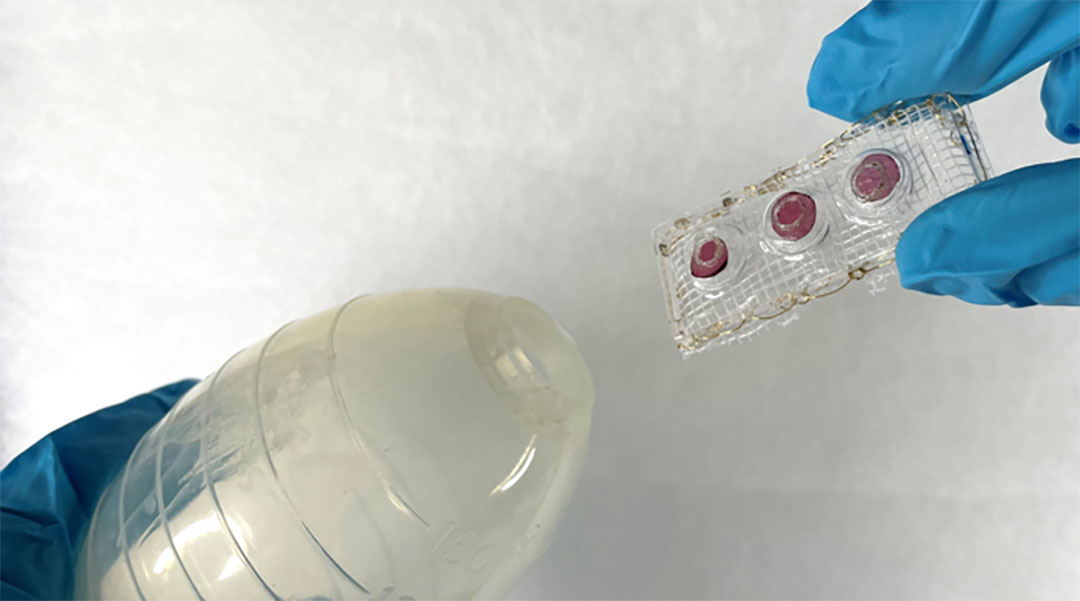
Enzymes embedded into a plastic strip enable the rapid, naked eye-detection of incompletely healed tissue following abdominal surgery.

Lab-made model of human blood vessels provides accurate insights into effects of snake venom and could help develop new antivenoms.

Scientists are approaching disease and diagnosis in a new way, leverage big data to provide better options for both clinicians and patients.
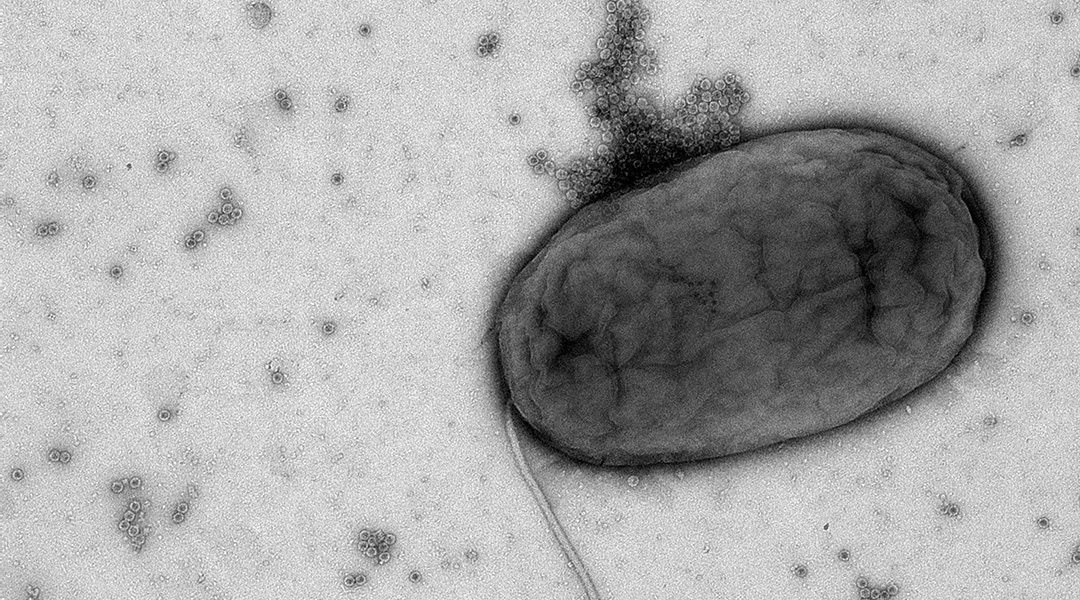
Harnessing bacteriophages’ natural prowess, scientists crafted an antibacterial material for use in medicine and the food industry.
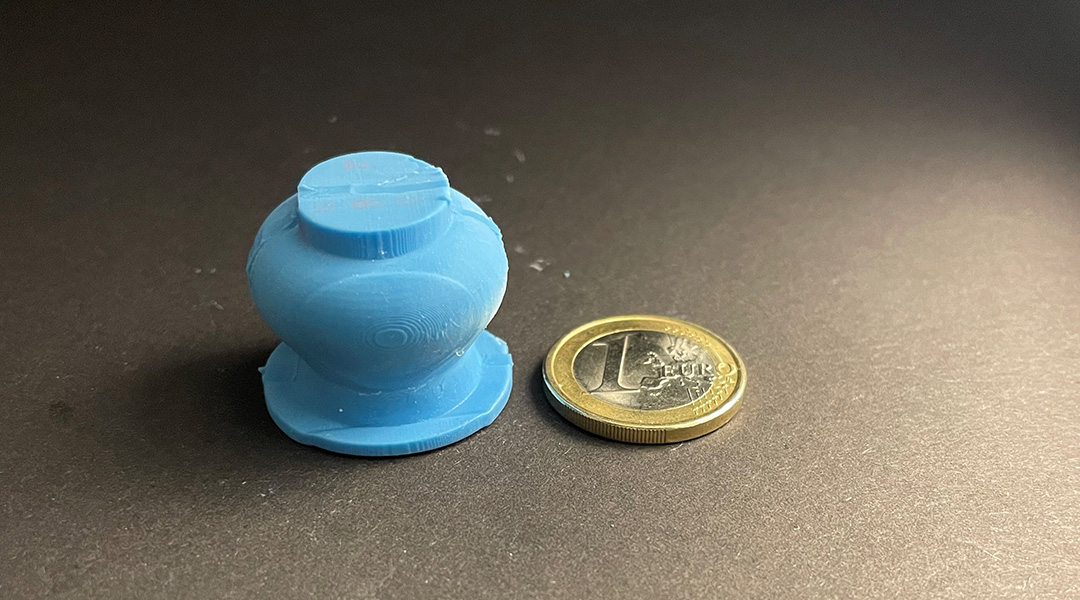
Collecting blood in a painless and minimally-invasive way may soon be possible with this prototype suction cup device.
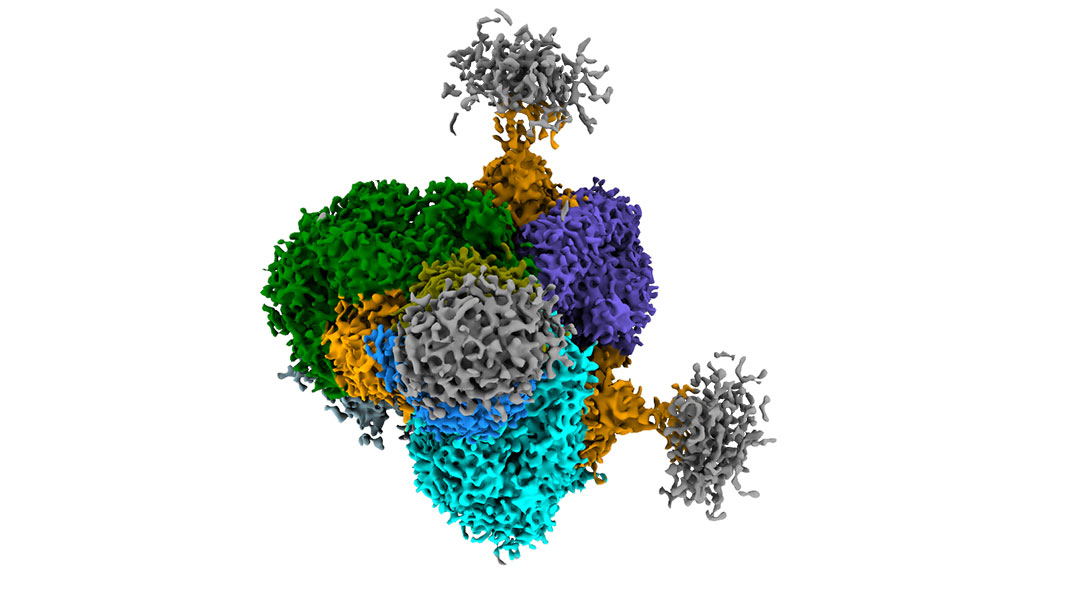
A potent antibody therapy derived from llamas was found to broadly neutralize numerous strains of HIV-1.

Encapsulating allergens in nanoparticles was found to reprogram the immune system, suppressing severe reactions to food allergies.